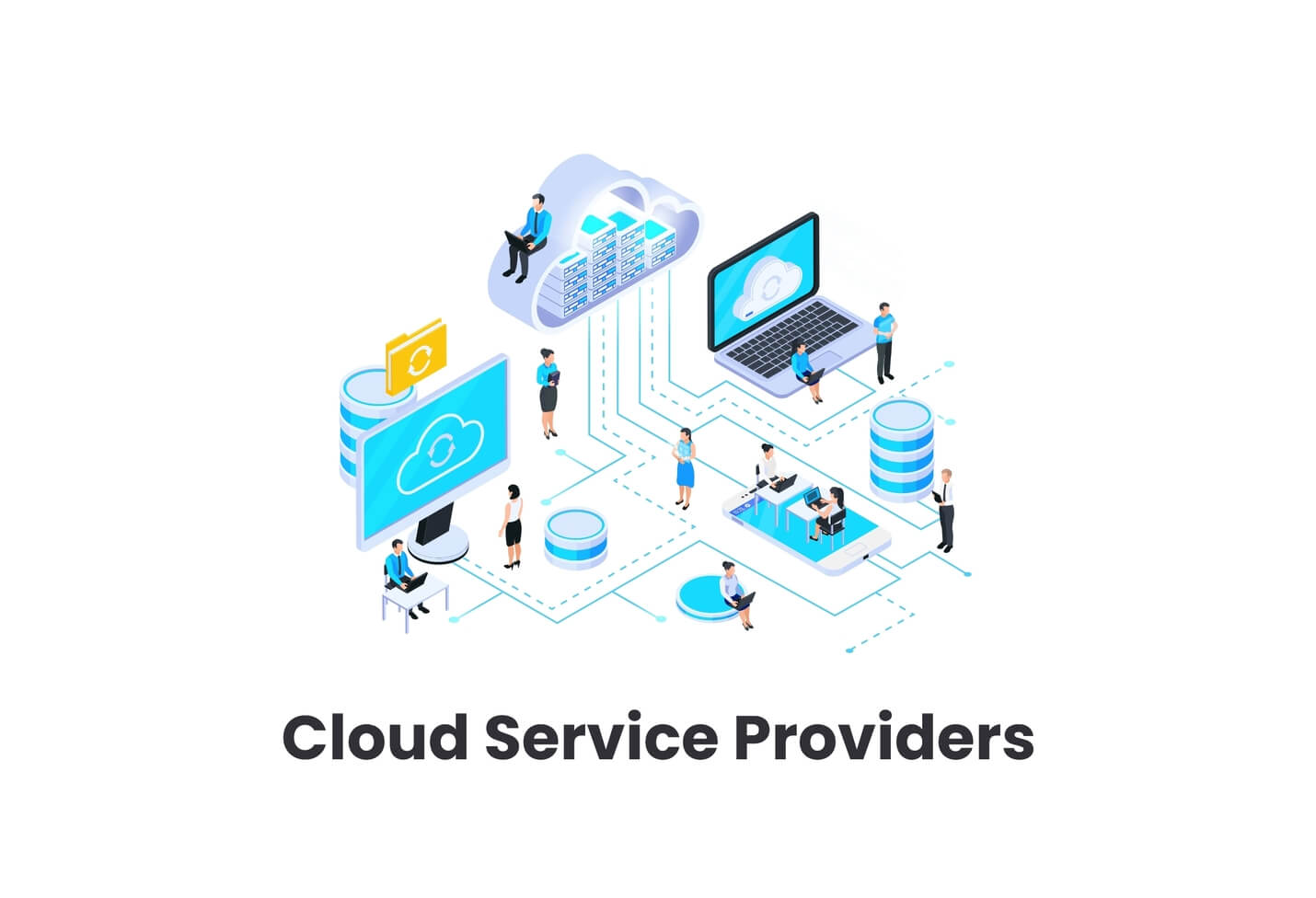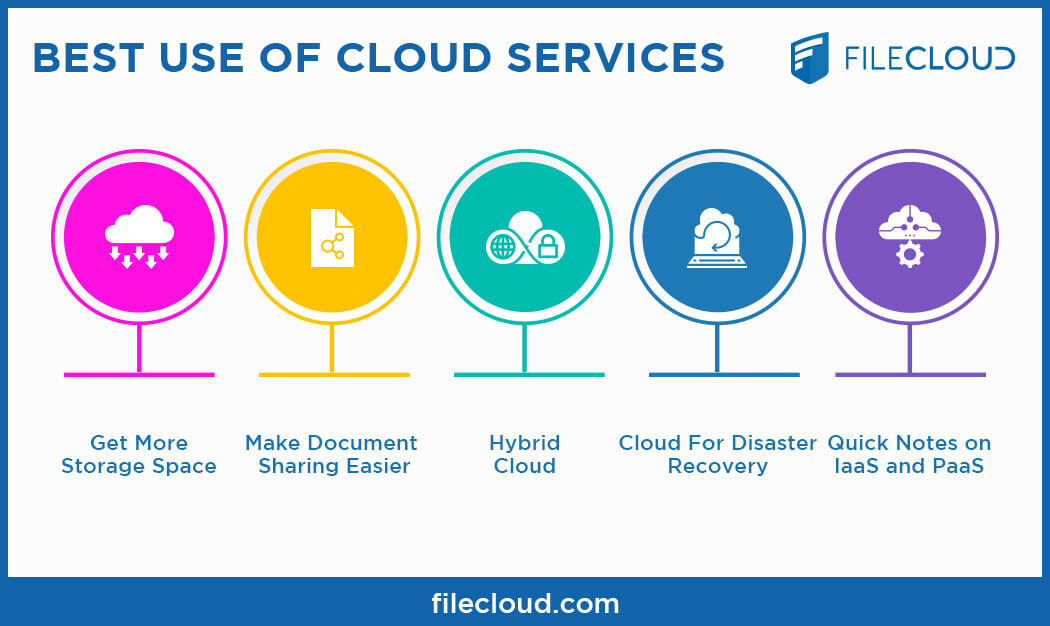Revolutionize Your IT Infrastructure With Cloud Provider
In the ever-evolving landscape of IT framework, cloud solutions have emerged as a game-changer for organizations looking for to improve and improve procedures effectiveness. The change towards leveraging cloud remedies provides a myriad of benefits that can reshape the means businesses work, from maximizing costs to making certain seamless scalability. However, the actual concern stays: Just how can business properly navigate this transformative journey and harness the full potential of cloud solutions to remain in advance in today's affordable market?
Benefits of Cloud Provider
Cloud services use many advantages to companies and businesses seeking to enhance their IT facilities. One vital benefit is cost-effectiveness, as cloud solutions get rid of the demand for in advance financial investments in hardware and software program. Instead, services can go with a pay-as-you-go model, lowering capital expenditure and enabling for even more predictable budgeting. Furthermore, cloud services provide scalability, allowing companies to conveniently readjust their sources based on demand. This versatility makes sure that organizations can efficiently deal with fluctuations in workload without overprovisioning servers or storage.
An additional advantage of cloud solutions is boosted accessibility. By keeping information and applications in the cloud, employees can access them from anywhere with an internet link. This improves collaboration and performance, especially for remote or distributed groups. Moreover, cloud solutions use boosted safety procedures, such as information encryption, routine back-ups, and durable gain access to controls. This assists protect delicate information and guarantees conformity with data security guidelines. Generally, the benefits of cloud services make them a compelling option for companies looking to improve their IT facilities and drive advancement.
Migration Approaches for IT Framework
In the realm of improving IT infrastructure, efficient movement strategies are paramount for guaranteeing smooth changes and enhancing operational performance. When planning the migration of IT facilities to the cloud, organizations must first perform a comprehensive evaluation of their current systems and workloads. This analysis assists in determining which components are appropriate for movement, approximating expenses, and setting reasonable timelines.
One typical migration technique is the "lift and change" technique, where existing information and applications are moved to the cloud with minimal modifications. While this strategy is quick, it may not totally take advantage of the advantages of cloud solutions (linkdaddy cloud services). A more strategic strategy includes rearchitecting applications to be cloud-native, capitalizing on the scalability and versatility supplied by the cloud atmosphere
Moreover, companies can select a phased migration, where applications are moved incrementally to the cloud. This approach enables screening and optimization at each phase, lowering the risk of disruptions to core service operations. By thoroughly planning and performing migration methods, companies can successfully transition to the cloud while lessening downtime and taking full advantage of efficiency.
Enhancing Safety And Security in the Cloud
Implementing durable security measures is important when transitioning IT facilities to cloud services, making certain information honesty and discretion are kept at all times. Security in the cloud involves a multi-faceted approach that incorporates numerous layers go to these guys of protection.
Furthermore, strong access controls and verification mechanisms are important elements of cloud safety. Carrying out role-based accessibility control makes sure that only accredited personnel can access delicate information and execute specific actions within the cloud framework. Multi-factor verification includes an added layer of safety and security by requiring customers to give multiple forms of confirmation prior to accessing critical sources.
Normal protection surveillance, event, and audits response treatments are important for identifying vulnerabilities and responding quickly this hyperlink to any kind of safety breaches. By continually improving and evaluating security measures in the cloud, companies can minimize risks and preserve a durable safety pose in the ever-evolving digital landscape.
Cost-Efficiency and Scalability
Taking full advantage of operational performance while ensuring smooth expansion is a vital element of contemporary IT infrastructure monitoring. linkdaddy cloud services. Cloud services provide an affordable solution for companies seeking to optimize their IT procedures. By leveraging cloud resources, organizations can scale their facilities up or down according to demand, eliminating the demand to buy expensive equipment that may come to be outdated promptly. This pay-as-you-go version permits better expense control, as firms only pay for the resources they make use of.

Driving Technology Via Cloud Adoption
Facilitating technical advancements, cloud fostering equips businesses to drive advancement and stay affordable in today's rapidly progressing digital landscape. By leveraging cloud solutions, companies can streamline their procedures, boost dexterity, and foster a culture of experimentation and creativity. The cloud gives a versatile and scalable setting that urges the growth of originalities and options without the restraints of typical IT facilities.
One of the key methods shadow fostering drives technology is with enabling quick prototyping and screening of new services and products. With cloud sources conveniently available, business can swiftly spin up prototypes, gather comments, repeat on styles, and bring innovative options to market faster than a knockout post ever before. This sped up innovation cycle enables businesses to remain ahead of the curve and meet the transforming demands of consumers in real-time.
Additionally, cloud solutions provide access to innovative technologies such as expert system, maker understanding, and large data analytics, which are vital for driving technology in today's data-driven globe. By taking advantage of these innovations through the cloud, companies can uncover useful insights, automate processes, and develop individualized experiences that establish them in addition to rivals. Accepting cloud adoption not only reinvents IT infrastructure however additionally thrusts services in the direction of a future of continuous development and growth.
Conclusion

In the ever-evolving landscape of IT facilities, cloud services have emerged as a game-changer for organizations looking for to simplify procedures and increase effectiveness.Cloud solutions use various benefits to companies and organizations seeking to improve their IT facilities. In general, the advantages of cloud solutions make them a compelling option for companies looking to update their IT infrastructure and drive innovation.
Implementing robust security steps is crucial when transitioning IT infrastructure to shadow services, making certain data honesty and discretion are maintained at all times.In final thought, cloud solutions use numerous advantages for transforming IT facilities, consisting of cost-effectiveness, scalability, enhanced security, and technology opportunities.